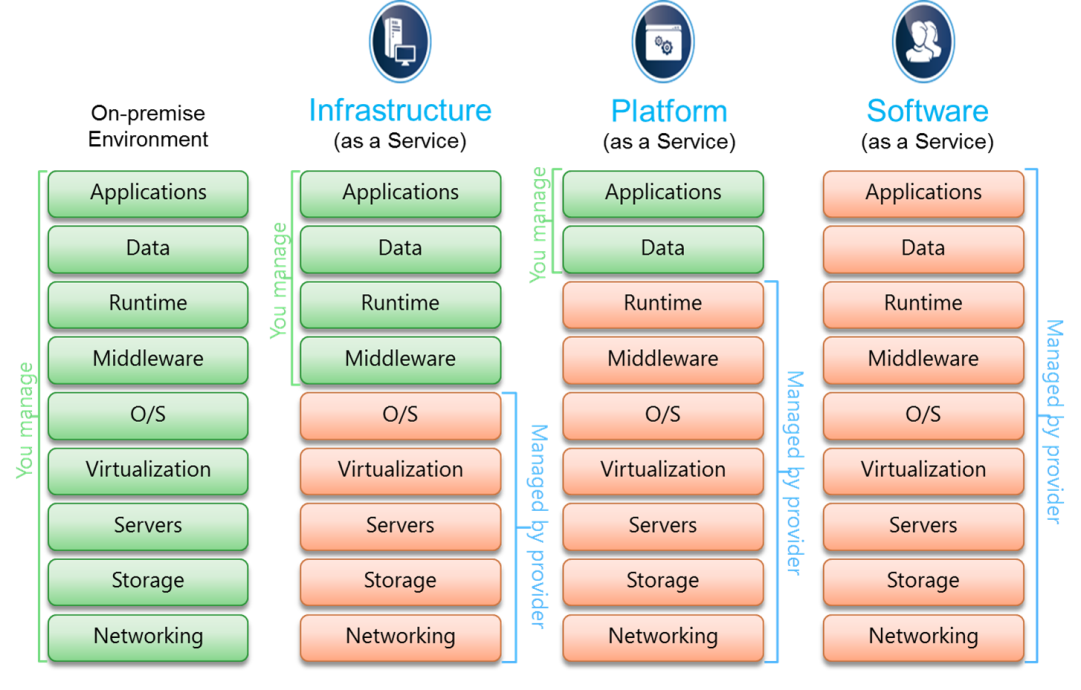LinkDaddy Cloud Services: Cutting-Edge Solutions for Your Business Demands
Wiki Article
Achieve Seamless Scalability With Cloud Services
In the ever-evolving landscape of cloud solutions, accomplishing seamless scalability stands as a foundation for contemporary companies looking for to stay affordable and adaptable. The capacity to effortlessly increase or acquire resources in response to changing needs is a critical benefit in today's hectic electronic setting. By mastering the art of scalable cloud remedies, companies can not only maximize efficiency and streamline procedures however also lead the means for future growth and innovation. The mission for smooth scalability with cloud solutions introduces a globe of opportunities for those ready to welcome the transformative power of dynamic resource management.Benefits of Cloud Scalability
Cloud scalability offers companies the versatility to dynamically adjust resources based upon demand, making certain optimum efficiency and price performance. One crucial benefit is the capability to range resources up or down promptly in feedback to varying work. This agility makes it possible for businesses to satisfy transforming consumer demands without over-provisioning resources, ultimately resulting in cost savings. Scalability additionally boosts performance by ensuring that systems can deal with raised website traffic or work without experiencing downtime or slowdowns. By effectively alloting resources, organizations can maintain high levels of efficiency throughout peak times without unnecessary expenses during quieter periods. In addition, cloud scalability promotes technology and testing by enabling organizations to easily check new ideas and scale them as needed. This versatility urges a society of continuous improvement and adjustment, allowing companies to stay affordable in a swiftly evolving market landscape. Inevitably, the benefits of cloud scalability extend beyond price financial savings to incorporate enhanced efficiency, agility, and advancement.Trick Functions for Scaling
Efficient scaling in cloud services counts on vital attributes that allow companies to change resources dynamically based on demand. One crucial attribute for scaling is elasticity, permitting resources to scale up or down in feedback to rising and fall work. This ensures that organizations can satisfy efficiency demands without over-provisioning sources. One more vital attribute is scalability, enabling systems to take care of raised workload by adding sources flawlessly. This function is important for suiting development without jeopardizing efficiency. Additionally, automation plays a vital duty in scaling by automating the provisioning and de-provisioning of resources based on predefined policies. Automation reduces human intervention, enhances efficiency, and guarantees quick reaction to altering demands. Tracking and analytics devices are likewise essential for scaling, offering understandings right into source application, efficiency metrics, and possible traffic jams. These tools enable companies to make informed decisions and maximize resource allowance for efficient scaling. Generally, these crucial features jointly equip organizations to achieve smooth scalability in cloud services.Carrying Out Auto-Scaling Approaches
To properly enhance source allotment and adapt to differing workloads, companies must tactically carry out auto-scaling techniques in their cloud services infrastructure. Auto-scaling permits systems to instantly change the variety of compute resources based upon real-time need. There are various auto-scaling strategies that companies can use, such as predictive scaling, which makes use of historical information to anticipate future source requirements, and responsive scaling, which reacts to existing work changes.
Finest Practices for Scalability
For organizations aiming to boost their scalability in cloud solutions, implementing best practices is crucial for optimum efficiency and resource management. One trick finest practice is making applications with a microservices style. This technique breaks down applications right into smaller, independent services that can be deployed, More about the author upgraded, and scaled separately, allowing for higher versatility and scalability.Another vital method is utilizing containerization modern technology, such as Docker or Kubernetes. Containers make it possible for the packaging of applications and their dependencies right into separated units, making it easier to scale parts independently and release them consistently across different atmospheres.
Additionally, implementing automated release and facilities as code (IaC) can streamline scalability initiatives (linkdaddy cloud services). Automation devices like Terraform or Ansible aid in provisioning and managing resources effectively, reducing hands-on mistakes and allowing quick scalability
In addition, keeping an eye on efficiency metrics, establishing signals, and conducting routine capability preparation are necessary methods to make sure proactive scalability administration. By sticking to these finest techniques, organizations can attain smooth scalability in their cloud services while enhancing performance and resource utilization.
Surveillance Efficiency Metrics
When examining the effectiveness of cloud services scalability, very closely monitoring performance metrics is imperative for guaranteeing optimal functionality and resource allotment. By continuously tracking essential performance indicators (KPIs) such as feedback times, throughput, source, and latency usage, companies can gain useful understandings into the health and performance of their cloud facilities. Monitoring efficiency metrics permits for the early detection of potential bottlenecks or problems that might affect scalability, allowing proactive measures to be required to address them before they escalate.

Final Thought
To conclude, achieving seamless scalability with cloud solutions is essential for organizations to enhance efficiency, boost development, and keep high performance degrees during peak times. By leveraging the benefits of cloud scalability, implementing auto-scaling strategies, making use of key features such as elasticity and automation, and following best techniques like application layout and efficiency surveillance, organizations can successfully scale their systems while optimizing resource utilization and efficiency.The mission for smooth scalability with cloud solutions reveals a globe of opportunities for those prepared to embrace the transformative power of vibrant source administration.
Cloud scalability uses organizations the flexibility to dynamically readjust sources based on demand, guaranteeing optimal efficiency and cost anchor effectiveness. An additional crucial function is scalability, making it possible for systems to handle raised work by adding sources effortlessly.For companies intending to improve their scalability in cloud services, applying best methods is essential for optimum performance and resource monitoring.When evaluating the performance of cloud services scalability, carefully monitoring performance metrics is important for making sure ideal capability and resource allocation.
Report this wiki page